Android Camera Comparison 2021: Samsung Galaxy S21 Ultra vs. S20 Ultra vs. Note 20 Ultra

Photography is a huge part of the mobile experience these days, and that's especially true with Samsung's Ultra line of premium devices. These are the best Samsung phones you can buy, featuring some of the best Android cameras along with super-powerful specs and large, beautiful displays.
Samsung debuted the Ultra series with the Galaxy S20 Ultra last year, which featured a 108MP primary sensor and up to 100X telephoto zoom — what we now know as Space Zoom. But that phone initially suffered from a handful of autofocus issues, and while software updates have thankfully remedied the problem to some extent, Samsung added a laser autofocus system to the followup Galaxy Note 20 Ultra and S21 Ultra to ensure complete confidence when taking photos.
But with nearly identically specced primary cameras on each of these Ultra devices, backed by surprisingly different ultra-wide and telephoto secondary sensors, we wanted to compare the three and see which takes better photos in various shooting conditions.
Scene 1: Wide-angle
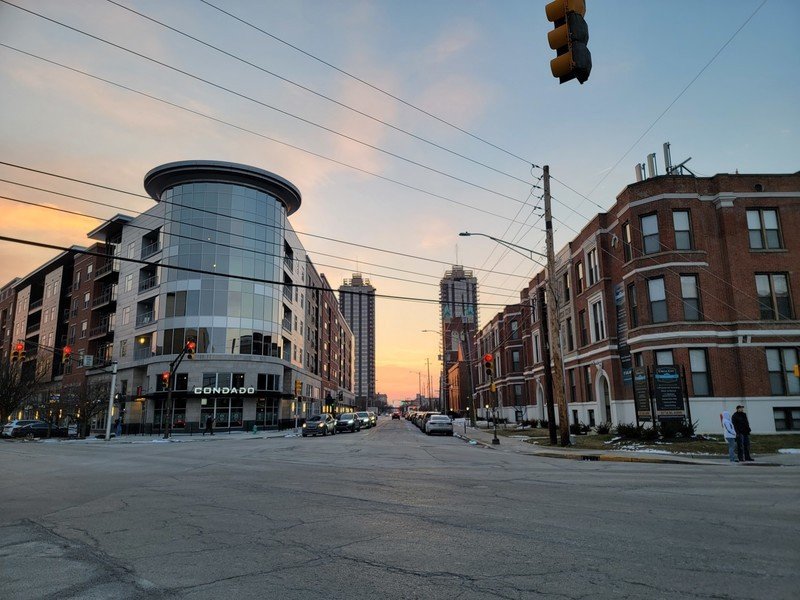
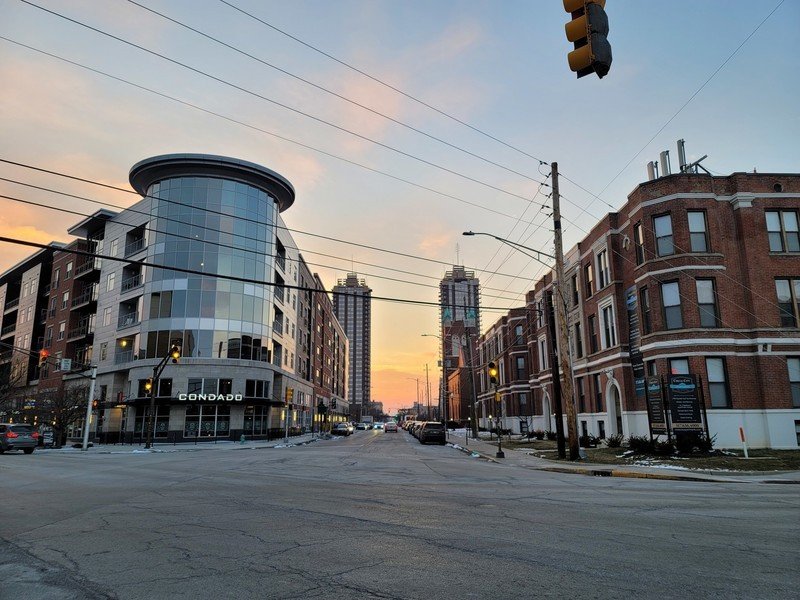

Versatility is the name of the game with Samsung's Ultra line, so I wanted to focus largely on the zoom range with each phone, and how the image quality degrades differently as you reach 10x, 50x, or even 100x. Of course, it helps to get a baseline feel for the areas we're shooting in, so to start us off, here's the same photo taken with each phone's 108MP primary sensor.
The sensors are identical between the S20 Ultra and Note 20 Ultra, differentiated only by image processing and the latter's newly added laser autofocus sensor, while the S21 Ultra features a newer 108MP sensor that takes in more light and captures more color information.
The S20 Ultra's capture is considerably darker than the other two, and colors seem generally more muted as well. There's little discernable detail in the brick of the building on the right in the S20 Ultra's shot, though to my surprise, it's the Note 20 Ultra — not the newer S21 Ultra — that retained the most detail in the bricks, and captured the brightest photo. Interestingly, you can also see that the S21 Ultra's camera is slightly wider than the others.
Scene 1: Ultra-wide
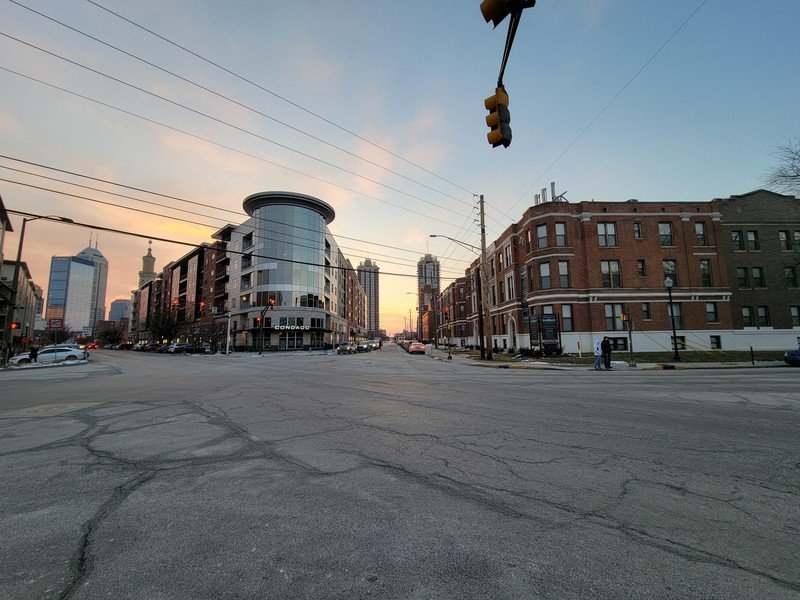


Funny enough, the S21 Ultra inversely has a slightly tighter ultra-wide camera, at 0.6x versus the other two phones' 0.5x ultra-wide lenses, but minor variations in framing aside, I can't seem to make out a difference at all in the perspective of these samples.
Get the latest news from Android Central, your trusted companion in the world of Android
As for exposure, once again the S20 Ultra is noticeably darker than the others, though color temperature is quite different on all three. Particularly in the mid-tones and shadows, the S21 Ultra casts an odd green tone over its image, while the Note 20 Ultra leans further magenta, and the S20 Ultra even more so. Yet again, the Note 20 Ultra retains the most detail in the brick, as well; I think there's a bit more sharpening happening in the post-processing.
Still, all three cameras do a great job at minimizing the type of barrel distortion that's often present in ultra-wide photos, and each does equally well at balancing exposure — despite a fairly bright sunset in the distance, nothing is terribly under- or over-exposed in any of these samples.
Scene 2: Wide-angle



Noticing a trend yet? For the third time in a row, the S20 Ultra's shot looks dark, dreary, and lifeless. In its defense, it was dreary and lifeless outside when I took these photos! But the other two phones managed to revitalize the scene a bit with brighter, and in the Note 20 Ultra's case, warmer shots that I far prefer.
So far, the Note 20 Ultra is three for three; it's been consistently brighter, warmer, and more detailed than the others. Take a close look at the signage for the restaurant in each photo and see just how much cleaner the shot turned out with the Note.
Scene 2: Ultra-wide



This is the first time I've liked the S20 Ultra's photo the most. The S21 Ultra is wildly yellow compared to the others, and while the Note 20 Ultra's photo is the brightest of the three, as per usual, I think it goes too far in the opposite direction as far as color is concerned, resulting in an overly pink image.
Yet again, it's tough to notice any difference between the 0.6x perspective of the S21 Ultra's lens and the 0.5x perspective of the other two phones. If this slightly tighter lens has been a concern of yours, rest assured that it's extremely subtle.
Scene 3: Wide-angle



Day two gave us some sun to work with, and shooting in the shade with sunlight drenching the top of this building made for a great way to once again demonstrate how well Samsung handles challenging lighting scenarios. In this case, none of the phones are necessarily overexposed, but the S21 Ultra seems to have taken the brightest of the three photos.
The Note 20 Ultra, however, still exhibits the most fine details in smaller objects like the red I that reads "THEATER" or the torn up parking lot in the foreground. It also seems to have produced the most contrast of the three, as well as the warmest photo.
Scene 3: Ultra-wide



In this shot, every pattern examined so far gets thrown out the window. The S20 Ultra managed to take the brightest shot, whle the S21 Ultra leaned the warmest. The side of the white building in the background is completely blown out in the shots from both the Note 20 Ultra and S20 Ultra, with the latter performing slightly worse, while the S21 Ultra managed to keep things better in check.
This time around, the S21 Ultra definitely takes the win in my eyes.
Scene 3: Telephoto



Nearly every phone can do ultra-wide photos these days, though, and where Samsung's Galaxy Ultra devices really shine is in telephotography. The Note 20 Ultra can zoom up to 50x closer to a subject, and the Galaxy S21 Ultra and S20 Ultra can both achieve up to a whopping 100x zoom, though they do so in different ways. The S20 Ultra kicked off the Space Zoom craze by leveraging a 4x optical periscope-style lens with digital zoom on a 48MP sensor. Meanwhile, the newer S21 Ultra touts dual telephoto lenses, one at 3x and one at 10x, to maintain sharper imaging at various focal lengths up to 100x.
For the sake of this comparison, I simply opened the camera app and tapped the telephoto icon above the shutter button, rather than matching each phone to the same zoom length, because frankly, that's how most people will use their cameras. On the Galaxy S21 Ultra, that means jumping straight to 3x and switching to the native 3x telephoto sensor — which should mean you get a clean, sharp image without having to introduce any digital zoom. The Note 20 Ultra and S20 Ultra both instead default to 5x, which crops into the primary sensor rather than switching lenses. You'd think this would negatively impact the overall image quality, but with 108MP to work with, I was impressed at how sharp the photos from these two phones still managed to be.
I think the difference in focal lengths affected the S21 Ultra's auto white balance point, since its shot is significantly cooler-toned than the others; there's no brick visible in the shots from the Note 20 Ultra and S20 Ultra, so these phones can focus on better whitening the paint. Again, the Note 20 Ultra exhibits the most contrast, with much darker shadows than the S20 Ultra's photo.



This time, I matched each phone's focal length to 10x, and as always, the Galaxy Note 20 Ultra has the darkest text and the cleanest whites. If you look closely at each photo, you can start to see the differences in sharpness due to each phone's native telephoto length. The S21 Ultra once again benefits from a native lens at this distance, and as a result has the sharpest overall image, though I still prefer the Note 20 Ultra's colors.
The Galaxy S20 Ultra is relying on digital zoom to reach 10x, but I was impressed by how well it still holds up against the other two. If I'm really pixel peeping, I can see that it's a bit softer, but it's hardly worth complaining about.



Lastly, the max zoom ranges. It seems a little silly to knock the Note 20 Ultra for only reaching up to 50x, but at just half the reach of the Galaxy S models, there's a clear difference in the photos. Still, the Note 20 Ultra's high contrast look works great with text, especially on a white background, and as far as my eyes can tell, the Note's 50x shot actually looks sharper than the 100x snap from either of the other phones — though the S20 Ultra's 100x Space Zoom shot is especially soft.
Scene 4: Wide-angle



Here, the Galaxy S20 Ultra completely blew out the right side of the church, and there's highlight clipping in parts of the Note 20 Ultra's shot, as well. The Galaxy S21 Ultra's photo is seemingly completely intact, and though I've generally preferred the Note's warmer tendencies, this time around I really like the colors of the tree and sky in the S21 Ultra's sample.
Scene 4: Telephoto


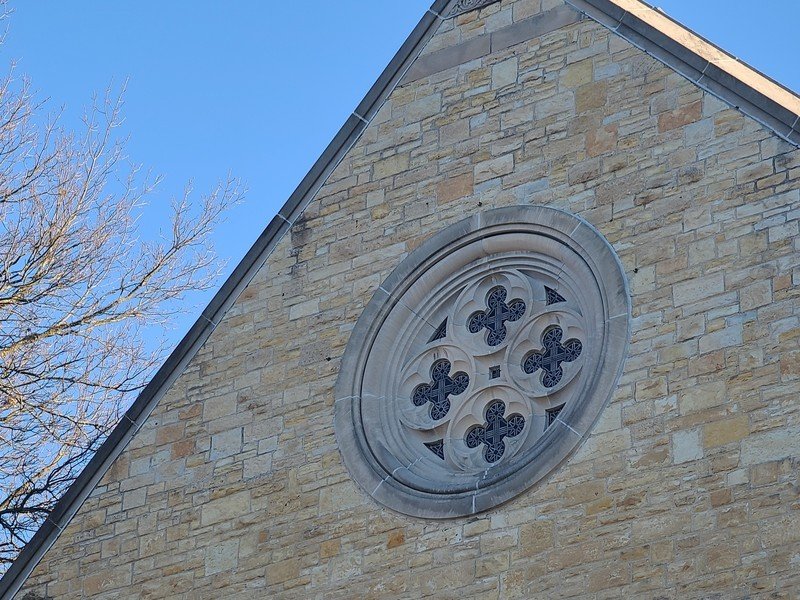
There's a lot going on with these photos. Once again, I shot the first round of telephoto samples by tapping the shortcut in each phone's camera app, putting the S21 Ultra at 3x zoom (optical), and the Note 20 Ultra and S20 Ultra at 5x (optical and digital, respectively). Both native lenses took terrific photos, and I'm especially impressed with the Note 20 Ultra's shot; just look at how much of the detailing in the window is clearly defined.
The Galaxy S20 Ultra seems to really suffer from its digital zoom this time around, with significantly softer details, especially in the bricks — though on the flip side, I think the Note 20 Ultra's photo might look a bit artificially sharpened. Still, it's definitely the photo I'd pick as my favorite out of the three.


For fun, I decided to compare the 100x zoom shots from the Galaxy S21 Ultra and S20 Ultra, and wow, what a difference a year makes. Neither photo is exactly something I'd rush to share on social media, but it's remarkable how much sharper the photo from the S21 Ultra is — though to the S20's credit, I think its colors better match those of the wider shots.
Scene 5: Telephoto
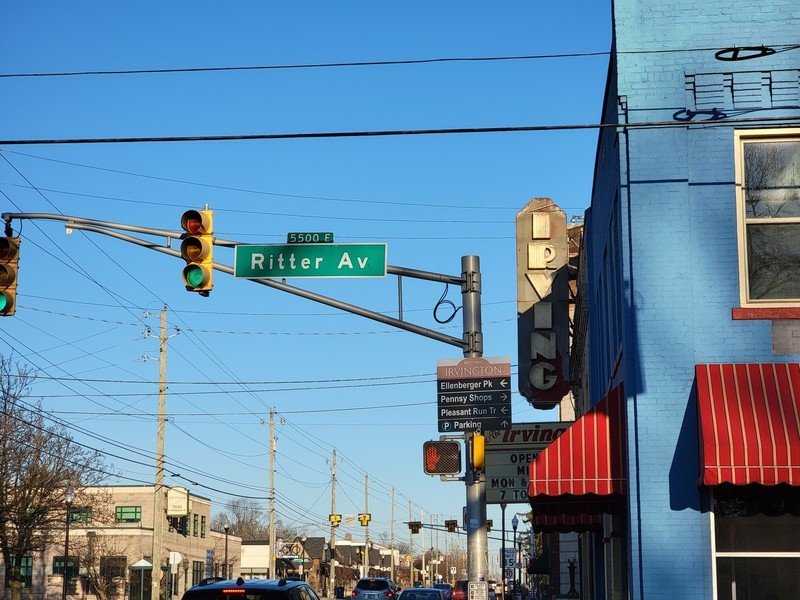


I really like the 3x telephoto on the S21 Ultra, but I almost wish Samsung had given it a 5x native lens instead, because the perspective from the Note 20 Ultra and S20 Ultra looks so good at times. Everything else we know of the Ultra cameras still rings true here; the Note 20 Ultra's photo is warmer than the others, while the S20 Ultra's photo looks a bit hazier and just a touch softer. In all honesty, there's not much to complain about with any of these three shots.



For these photos, I switched to the penulimate zoom length in Samsung's second tier zoom shortcuts, which pop up after you tap a first tier shortcut. In the case of the S21 Ultra and S20 Ultra, that's 30x, and on the Note 20 Ultra you get a slightly more modest but still wildly impressive 20x.
I can't say that I love any of these; there's a sort of aggressive sharpening visible in the sample from the Note 20 Ultra, and you can see a bit of that happening in the S21 Ultra sample, as well — there's no hiding that these are digitally zoomed photos.
If anything, I'd give a slight edge to the S21 Ultra for looking a bit less processed, while the S20 Ultra ranks dead last for its particularly soft shot.



The same notes apply to this set, in which I shot at the furthest zoom range for each phone. The S20 Ultra has the most noise in its photo, but I can at least appreciate that all three of these phones managed to take perfectly legible stills completely handheld at 100x — that's enormously impressive, no matter grainy the shot.
Scene 6: Telephoto


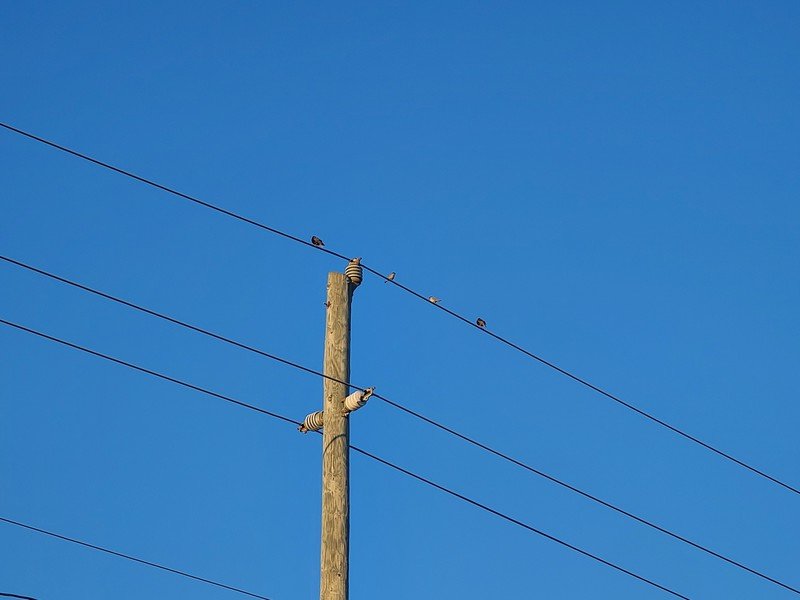
You know the drill by now. 3x telephoto on the S21 Ultra, 5x on the Note 20 Ultra and S20 Ultra. At these zoom lengths, all three cameras look pretty good, though if you look closely, you can already start to see signs of artificating on the S20's shot. Still, each phone handled exposure and colors surprisingly well, and the birds on the power line are respectably sharp.
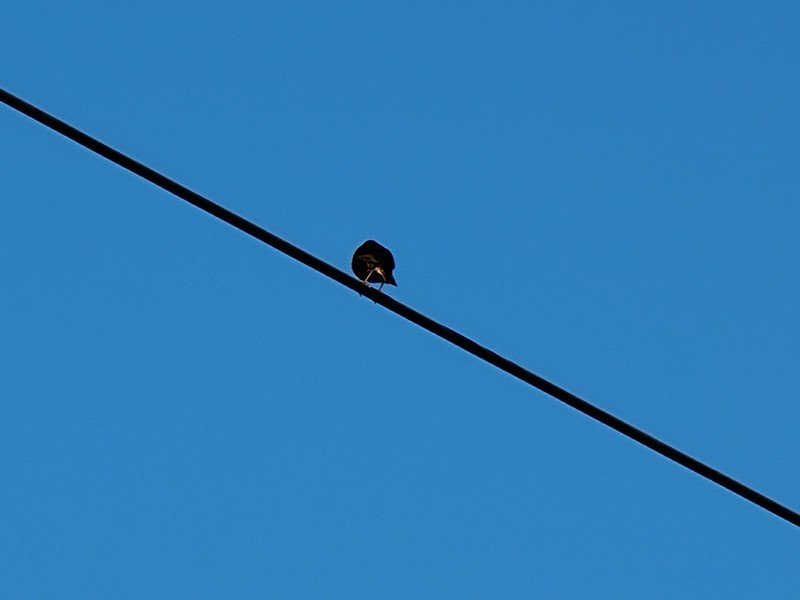

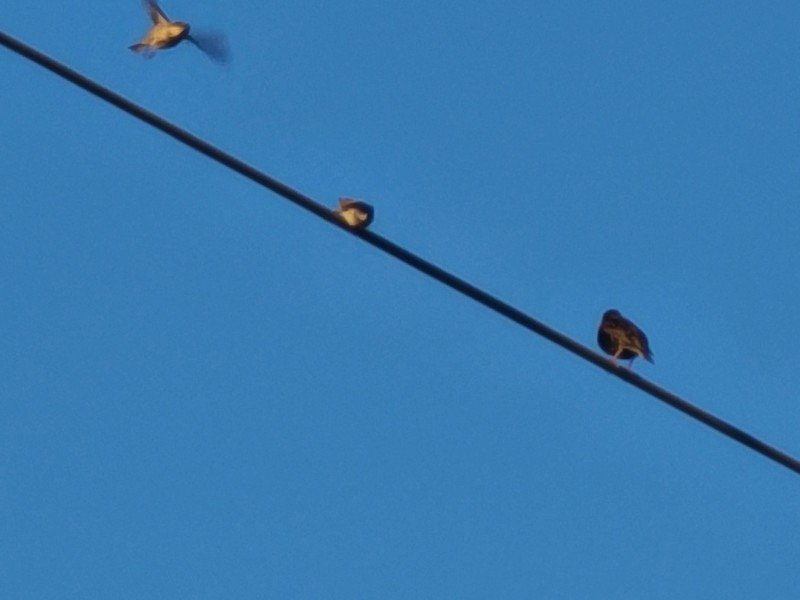
Things start to get a bit dicey at the closer zoom lengths — 30x on the Galaxy S models and 50x on the Note 20 Ultra. There's some visible color fringing on all three photos, and blacks are starting to get a bit washed out on the S20 Ultra. I think the S21 Ultra looks the sharpest out of the three, but the others held up pretty well, and there might actually be more detail on the birds in the S20 Ultra's shot.


That changes once again when I switch over to 100x, though, and the bird becomes a splotchy mess of pixels in the photo from the S20 Ultra. Neither is exactly sharp, but you can see quite a bit more detail in the bird's tufts and feathers in the sample from the Galaxy S21 Ultra.
Which one was your favorite?
Wrapping things up, I was surprised by how consistent these three phones were in their overall tendencies. While there were a few exceptions, it was often easy to tell which phone took which photo based on the characteristics of the images alone. Before putting these phones through their paces, I fully expected to like the S21 Ultra's photos best, but in reality, the Note 20 Ultra almost always took my favorite photos, thanks to its generally warmer color science and higher contrast.
Of course, there are no wrong answers — photography is largely based around personal preference, after all. Did these photos surprise you, or was your favorite camera the one you expected to like from the beginning? Let me know in the comments down below!
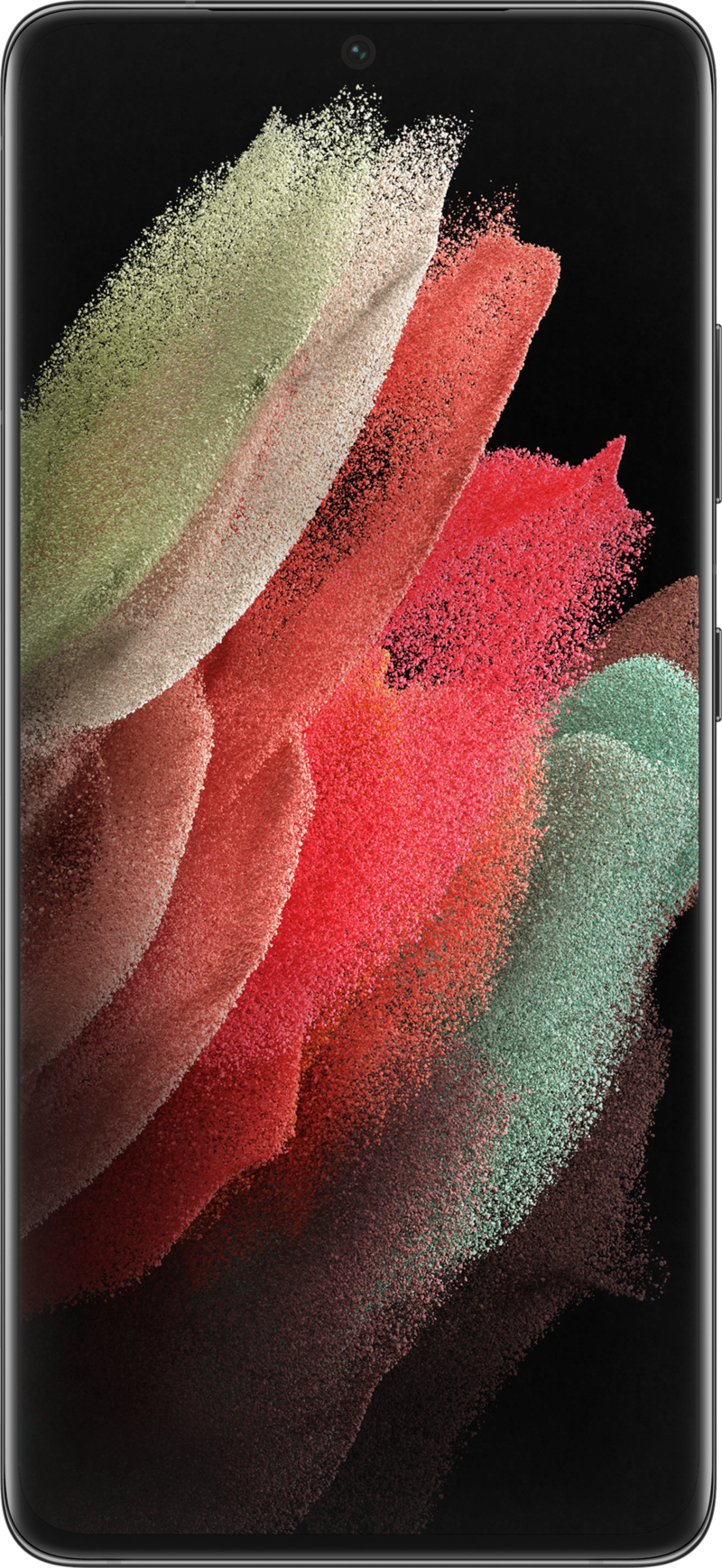
Samsung's latest and greatest superphone
The S21 Ultra features a second-gen 108MP primary sensor, backed by dual telephoto lenses and an ultra-wide camera. Of course, it also features 5G support, a Snapdragon 888 processor, a huge and beautiful 120Hz display, and even S Pen support.
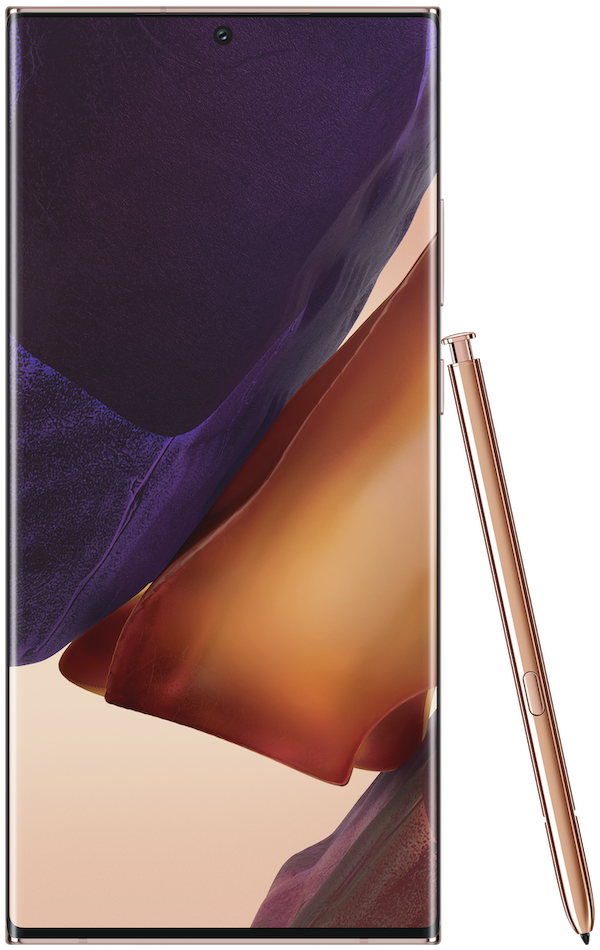
More often than not taking my favorite photos
The Galaxy Note 20 Ultra may be a bit older by now, but its cameras still hold up extremely well, as does the modern design and powerful specsheet. You can slot the S Pen directly into the phone for convenient storage, making it a killer creativity device.

Hayato was a product reviewer and video editor for Android Central.

